Richard X Heyman | Interview | New Album, ‘67,000 Miles An Album’
Richard X. Heyman, the legendary multi-instrumentalist and DIY recording pioneer is back with a brand new album, ‘67,000 Miles An Album’.
The new album is a collection of brand-new songs mixed with some from a few years back, produced by Heyman, recorded at his home Kit Factory studio with drums recorded at Eastside Sound in NYC. The earlier compositions were written for The Doughboys, in which RXH played the drums and sang. The new album is being released on CD, digital download and via streaming services Turn-Up Records.
“I wanted to have a lot of variety on this record”
Your new album was recently released. What kind of record did you want to make with ‘67,000 Miles An Album’?
Richard X. Heyman: I go into each new recording project with the intention of making the greatest album ever made. Of course by the time I’m done with the whole process, I’ve heard it so many times while working on it that I lose all objectivity. Not to mention knowing that the likes of ‘Revolver,’ ‘Pet Sounds,’ ‘Odessey and Oracle’ and ‘The Kinks Are The Village Green Preservation Society’ exist in this world, I humbly and gladly accept that I did the best I could. I wanted to have a lot of variety on this record, stylistically, so there’s some melodic pop tunes, history-related story songs, a couple ballads, a few stompers and for the first time I put together a three-part sonata to close out the whole thing.
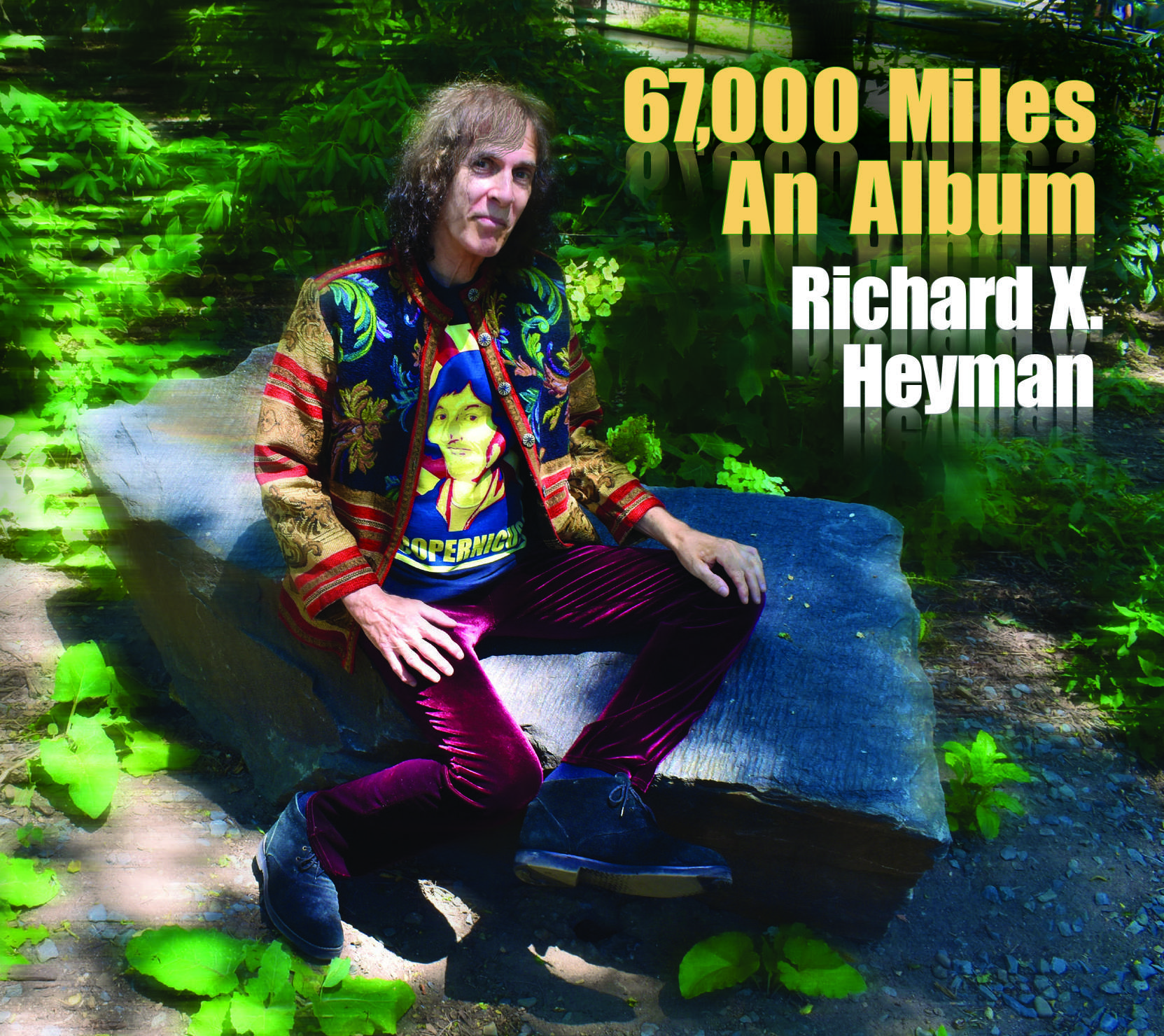
How do you usually approach music making and was this time any different?
I’ve been fairly consistent with my approach, recording-wise, for my solo work. I like to start with the drums for my foundation, and then add one instrument and vocal at a time, the layer-cake method. We have the vocals on this album mixed louder than on previous releases. We use a Russian tube microphone to record vocals and acoustic instruments to keep some semblance of warmth in this digital world. Electric guitars are played through a Fender Vibro Champ amp. As far as songwriting goes, it’s still the same mystery as always. It’s a combination of taking what comes to you and working on it as a kind of craft. On this new album, I put a few different unfinished songs together to form a complete song.
Can you share some further details on how your latest album was recorded?
We utilized the talents of outside musicians for instruments that I don’t play – Probyn Gregory on brass, Julia Kent on cello, Chris Jenkins on viola. My wife Nancy has been playing a lot of bass. I love the sound she gets and her innovative ideas. I’ve been experimenting more with guitars playing keyboard parts, note for note. Most of these songs were written on piano, but I like to transfer the arrangement to a more guitar-based production. I hummed a whole song! The a cappella section of the final track, ‘67,000 Miles Per Hour,’ and I’ve never done that before!
Was there a certain moment in your life when you knew you wanted to become a musician?
I knew at a very young age that I had a fascination with music and fancied myself a drummer at the age of five. I used to stare at the window of the local music store in my home town at all the shiny brass instruments. Of course, guitars and drums were like magical creations. It all became a reality when at the age of seven, I received a drum set on Christmas morning!
Where and when did you grow up? Was music a big part of your family life? Did the local music scene influence you or inspire you to play music?
I hail from Plainfield, New Jersey which is a stone’s throw from NYC, so it was a good location for sojourns into the city to soak up the music scene there. At the same time, Plainfield had a thriving scene of its own, with many young upstart bands. No one in my immediate family was a musician, but my parents and older sisters had an appreciation for music through listening to records and the radio and the many music and variety shows on television. The local scene also had some luminaries, such as George Clinton, who had his band The Parliaments and a couple of rock bands – The Critters and The Myddle Class, who were a few years older and had a head start on how to put a rock band together.
How did you get your first drum set?
As I mentioned before, after a few years of pleading for a drum set, my parents relented and voila! There it was in our living room, a Kent marine pearl four piece kit.
Were the Ascots your first band? Can you elaborate how it all got together?
I participated in a few fledgling groups before The Ascots, with some classmates of mine. But they were short-lived. The Ascots were the first serious band I was in. There weren’t a lot of musicians in general at my school, Hubbard Junior High School, but I knew Mike Caruso played guitar, and so we hooked up and decided to try to put a group together. We tried out a few other guitar players and in the process met Willy Kirchofer, and it all clicked. That was the nucleus, and then we subsequently added Myke Scavone and Mike Farina, and that was the five piece Ascots.
What was the local scene like for you?
There were many aspiring groups. I remember walking down the street I lived on, Kenyon Avenue, and hearing half a dozen different bands rehearsing. But there were a lot of other groups spread all throughout the town. It was an exciting environment and we had a rich repertoire of cover songs to choose from. The radio was full of great songs from that era.

The Ascots won the battle of the bands, and first prize was a recording contract with Bell Records, what were the circumstances?
We appeared on a TV show called Zacherle’s Disc-O-Teen which was a teen dance show that had guest artists on as well as local kids dancing to the latest hits. There was a year-long battle of the bands, which we won, which consisted of winning the semi-finals and then the finals. I remember we played ‘Paint It Black’ by The Rolling Stones for our final appearance which clinched the title! The prize for winning was a record deal with Bell Records.
How did your repertoire look and with whom all you shared stages with?
The Ascots played almost every Stones song from their first five albums. We did several songs by The Animals, The Yardbirds, and a lot of one-off hits by similar groups, British and American. This was all in the ’66-’67 period. We played promotional shows for radio station WMCA, called The Good Guys Shows. Practically everyone who had a top forty record out at the time, excluding the major superstar bands, played these shows, so we shared the stage with countless acts who were promoting their singles, such as Neil Diamond, The Buckinghams, The Syndicate of Sound, The Music Machine, et cetera.
What led you to change your name to the Doughboys?
The producer of Zacherle’s Disc-o-teen offered to be our manager and he came up with the idea of The Doughboys capitalizing on the trend of the time, of groups such as Paul Revere & The Raiders and The Royal Guardsmen.
The band’s two singles, ‘Rhoda Mendelbaum’ and ‘Everybody Knows My Name’, were produced by the Jerome Brothers, who would later go on to produce the Left Banke.Tell us about those songs?
Actually, they had already produced The Left Banke at that point. We were all very young – I was only 14 – and no one in the band had ever written a song, so we were assigned these two songs by the producers. We got an acetate demo of ‘Rhoda Mendelbaum,’ which was quite different from the way we arranged it. The same with ‘Everybody Knows My Name,’ which was originally written by Bob Gaudio and Bob Crewe and recorded by The Four Seasons.
You started to perform in World War I “doughboy” uniforms, what was the initial reaction from the audience?
Like I said, it was kind of in the air at that point in time, so it was just accepted as the new look of the band. We eventually found white versions of the doughboys uniforms, which we felt looked cooler than the drab olive green.
You played on WMCA Good Guys weekend shows around New York City with artists such as Neil Diamond, the Fifth Dimension, the Syndicate of Sound, and the Music Explosion. Around this time the group also opened a show for the Beach Boys and the Buckinghams. Tell us about the shows.
That show was at Symphony Hall in Newark, New Jersey, which was a big ornate theater. I recall ‘Good Vibrations’ was a big hit at the time, and The Buckinghams had just come off a string of top-ten hits. It was a real thrill for us to be on the bill, definitely the biggest show we had done up to then. It was still in the era of screaming girls, so we were surprised that there were girls screaming for us!

You had an awesome grand finale with your own rendition of ‘Bo Diddley,’ tell us about it.
The version we played was called ‘Hey Bo Diddley’ which has a call and response between the lead singer and the background vocals. It was a bit of a showcase for us because I would come out front with a floor tom, and join Myke center stage while he also pounded on a floor tom, both of us using maracas instead of drum sticks. We danced and gyrated around and worked ourselves into a frenzy. All that pounding on the floor toms would be too much for the three little legs that supported them, and they would always collapse about three quarters of the way into the number, and we would straddle them with our legs while we kept up the beat horizontally.

Now, I have to hear the story that happened with Wilson…
Wilson floated away from us, and we were all very sad, he was such a good friend, and we heard very beautiful and sentimental music as he got farther and farther away into the raging sea…oh wait, you mean Dennis Wilson! Yes – Dennis apparently was watching us from the wings as we were rapidly demolishing the floor tom that he graciously allowed us to use for this closing finale. (We somehow forgot to bring the spare that we normally had.) Just as the song was exploding to an orgasmic conclusion, Dennis had seen enough, and ran out like a rabid beach dog and jumped onto poor Myke Scavone, who suddenly found himself in a real live street/stage brawl in front of an astonished group of teeny boppers. Dennis let the expletives fly. I was standing right next to this brouhaha and my 14 year old brain was all a tizzy. I was truly shocked that a celebrity of that caliber knew the swear words that I thought only us mere mortals used. But I was equally disturbed that my good friend and the lead singer of our band was fending off left and right hooks from the fists of the middle Wilson brother. Cooler heads prevailed as they were dragged apart by stage hands and concerned onlookers. It was certainly not the way I wanted our segment of the show to end. I remember being quite depressed at the time, but the debacle has subsequently amused and entertained many in its retelling.
How did you become a house band at Cafe Wha? in Greenwich Village?
We got a gig there for a one-night-stand in the spring of ’68, and the manager of the club offered us a residency for the following summer, which we gladly accepted. The band was down to a three-piece and we played a lot of blues-based rock and some improvisation.
You played longer impro songs in the style of Cream, is there any material recorded?
Unfortunately, not to my knowledge. Nothing officially. There may be some reel-to-reel of rehearsals, but I have no idea how to find them.
It’s such a shame you haven’t recorded an album…
Yes, the first incarnation of The Doughboys only released four sides (A & B) with each single. The reunited version began with four original members in 2000, until the death of Willy Kirchofer. Gar Francis, a contemporary of ours from Plainfield, joined the band and was with us until we disbanded in 2019.
How did the band end?
Our lead singer, Myke Scavone, relocated to Texas from New Jersey, and we decided to call it a day after 19 years, six albums and a documentary/concert DVD, and eight “coolest songs in the world” on Little Steven’s Underground Garage on Sirius/XM.
Together with Scavone and Caruso you played in Cool Heat in 1969, what kind of band was Cool Heat?
Cool Heat was a band originally consisting of studio musicians who recorded an instrumental called ‘Groovin’ With Mr. Bloe’. The record took off and became a top-10 hit in several countries. Since there was no real band, we were recruited to promote the single. It was my first foray into playing keyboards, and the band learned thirty of my original songs. We toured the south and the midwest of the U.S. and appeared twice on “Upbeat,” a music TV show out of Cleveland, Ohio, which was syndicated nationally.
What about the Quinaimes Band in 1973?
Again, a similar situation where the Quinaimes Band, who were an actual band, broke up on the day their debut album was released, and so once again, I, along with Willy and two other guys, toured as The Quinaimes Band. We were the opening act for Sly & The Family Stone at large arenas, and we also appeared with the Ike & Tina Turner Revue and Weather Report.
You managed to play drums for artists such as Link Wray and Brian Wilson. How did that come along and on which recordings can we hear you play?
Unfortunately, I didn’t record with those artists, I just was asked to play for some promotional shows that Brian Wilson was doing in New York, and I auditioned for Link when I was living in Maryland and he was down in Virginia.
What led you to your solo album, ‘Living Room!!’? Tell us about it.
After a few years of submitting demos to major labels, Nancy and I decided to release our own EP, which was entitled ‘Actual Size,’ in 1986. The disc was received well, especially with college radio, and so we forged ahead and recorded a full-length album at Nick DiFabbio’s apartment in NYC, in his living room, hence the name. The album was reviewed in Rolling Stone magazine, among several other music publications, which led to the attention of a few record companies. We signed a deal with Cypress/A&M, who re-packaged and re-released ‘Living Room!!’.
Tell us how you started playing guitar?
I started learning the guitar in earnest when I was in college at Rutgers University, when I was eighteen. By “in earnest” I mean, someone taught me how to play a G chord and a C, etc. It was a struggle at first, though I was fairly adept at fingering a piano. It’s a whole different set of hand muscles that have to be developed to get around the guitar neck. I was just happy that I could attempt writing songs on the guitar. Up to that point, I was writing exclusively on the piano.
This might be a difficult task, but would you like to share a sentence or two about the solo album you released after your debut?
I’m not sure if you’re referring to my second album, which was ‘Hey Man!,’ but if so, that was released on Sire/Warner Bros. in the early 90’s. It was co-produced by Andy Paley and engineered by Mark Linett, who had just worked on the Beach Boys re-releases on CD. It was recorded in the legendary Ocean Way Studios, formerly Western, where most of the Beach Boys recordings were done, as well as records by The Mamas & Papas, Frank and Nancy Sinatra, and many others. I had my drums set up in the same spot where Hal Blaine had them. The whole experience was thrilling. I was just learning the ropes of production and arranging, which I started to get a handle on with the next album ‘Cornerstone’. The record received critical acclaim from the music press but wasn’t a commercial success, and my time at Sire was short-lived, but it all worked out in the end because I enjoy the autonomy I now have with Nancy at Turn-Up Records.
Looking back, what was the highlight of your time in the band? Which songs are you most proud of? Where and when was your most memorable gig?
I assume you’re referring to The Doughboys, although you could be talking about my live band, The Owls, so I’ll start with The Doughboys and then The Owls. I think the most memorable times were just hanging out with the guys before rehearsal in Scavone’s kitchen. You put together four guys from Jersey who’ve known each other since childhood, and there’s a lot of laughs and crazy stories. Then we would all head down to the basement, usually after I quoted from the movie Donnie Brasco, Al Pacino’s infamous “let’s do this work,” where we would rock out and get ready for an upcoming gig. For Richard X. Heyman & The Owls, a highlight I remember were several months of doing a residency at The Rodeo Bar in NYC. The band was a well-oiled machine and we got a scrumptious Mexican dinner before we played – not always the wisest thing to down before a gig, but it was too good to pass up! Then we played a mixture of my original songs with some fun covers and built up a loyal following. As for songs I’m most proud of – with The Doughboys I’m proud of the songs ‘Why Can’t She See Me?’ and ‘Sink Or Swim’ which I wrote and which were chosen as “Coolest Songs In The World.” From my solo career, I always hope that I’m constantly improving as a songwriter, so right now I have to say the songs from my latest CD ‘67,000 Miles An Album’. Regarding memorable gigs – The Doughboys used to rock out at a place called The Record Collector in Bordentown, New Jersey, that was a vintage record store that held concerts, and they would pack them in like sardines and we did our whole two hour show, with our “Bo Diddley” encore. Those were a gas. My band, The Owls, went on tour to promote the ‘Hey Man!’ album with The Smithereens, and those shows went down well. The band was five-piece at that stage, and we got tight as a drum, playing every night.

Is there any unreleased material you would like to see being released?
With most of my albums, all the extra tracks were released as bonus albums, so with my officially released albums and all the bonus material, there are well over two hundred songs from my solo output.
What are some of the most important players that influenced your own style and what in particular did they employ in their playing that you liked?
For drums, my first influence and hero was Gene Krupa, but there are many others, and I’ll just name a few: Joe Morello, Elvin Jones, Buddy Rich, Louie Bellson. Then there are the session drummers whose names I did not know at the time but have subsequently learned: Earl Palmer, Hal Blaine, Gary Chester, Buddy Salzman, Clem Cattini, Bobby Graham, Panama Francis, Bernard Purdie. As far as my rock’n’roll influences, I wear many proudly on my sleeve, starting with the founding fathers of rock: Chuck Berry, Little Richard, Fats Domino, The Everly Brothers, Buddy Holly, Bo Diddley, Eddie Cochran, Roy Orbison, Elvis Presley; and then on to the great soul and R&B artists such as Sam Cooke, James Brown, Aretha Franklin, Gary U.S. Bonds, Jackie Wilson, The Drifters, and of course all the great Motown artists. I’m sure I’m leaving some out but: The Temptations, The Supremes, Marvin Gaye, Stevie Wonder, Smokey Robinson & The Miracles, The Marvelettes, Martha Reeves & The Vandellas, The Four Tops. The artists who were making hits in the early 60’s, between the beginning of the decade and the arrival of The Beatles, had a major impact on me – Ricky Nelson, The Beach Boys, Jan & Dean, The Ronettes, The Crystals, The Shangri-Las, Brian Hyland, Del Shannon, The Shirelles, The Exciters, The Orlons, Chubby Checker, Joey Dee & The Starliters, too many more to mention. Which brings us to the onslaught of The British Invasion – The Beatles of course, The Kinks, The Rolling Stones, The Yardbirds, The Dave Clark Five, Herman’s Hermits, The Searchers and the subsequent American self-contained bands – The Byrds, The Lovin’ Spoonful, The Turtles, The Mamas & Papas. Of course, you can’t forget the impact of Bob Dylan and his influence over many of these artists as well as myself.
What are some future plans for you?
I just enjoy taking it day by day. I try to keep healthy. I started a dog walking service, which keeps me in shape, as I walk many miles a day during the course of the day with various pooches. Nancy and I enjoy each other’s company and we both like going up to Lincoln Center for concerts by the New York Philharmonic and ballet performances by the American Ballet Theater. If the muse comes around, I’ll possibly start another recording project. Just have to wait and see!
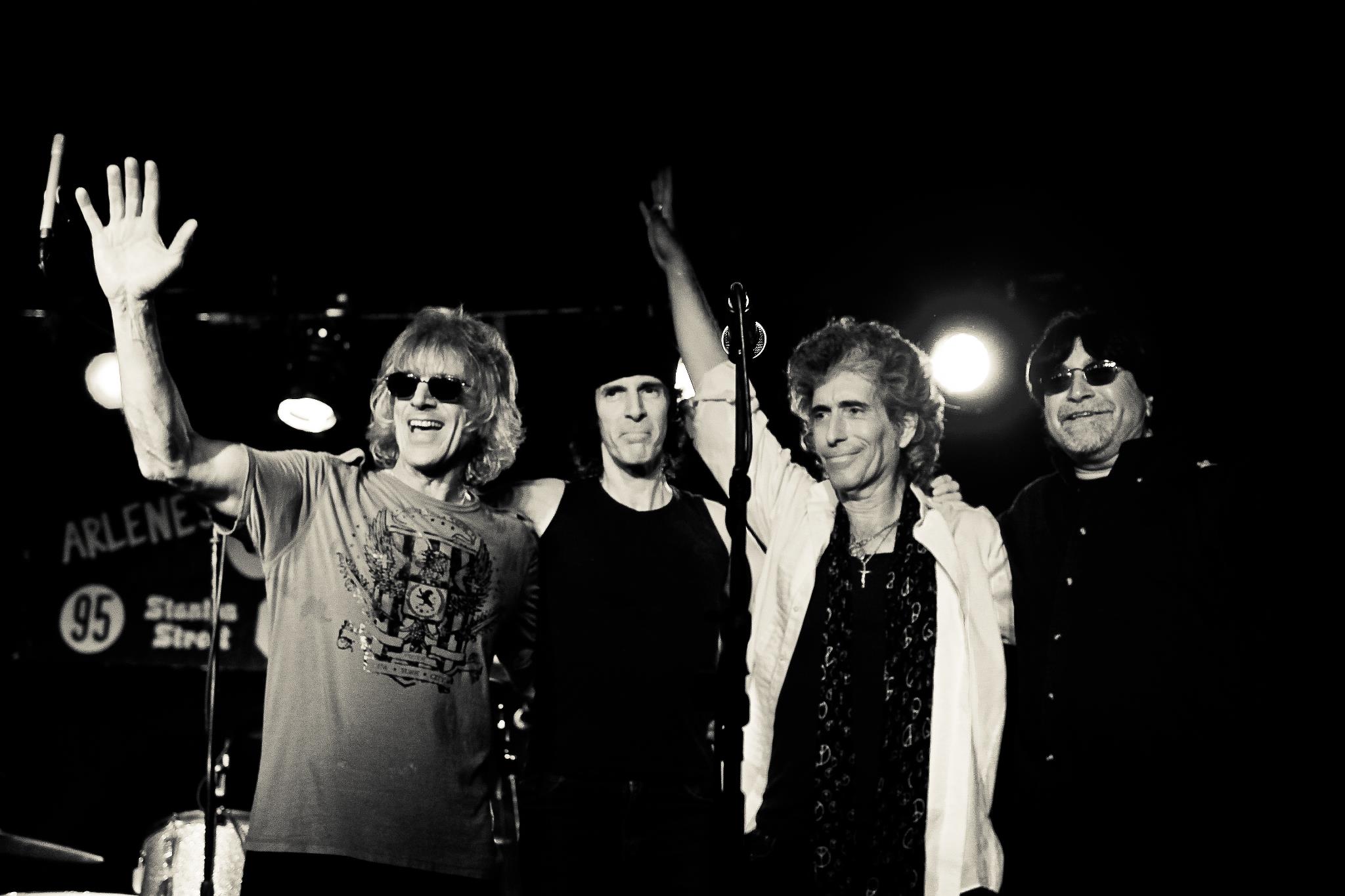
Thank you for taking your time. Last word is yours.
I wish everyone out there well and a special tip of the hat to those of you who are still keeping the rock’n’roll dream alive!
Klemen Breznikar
Richard X. Heyman Official Website / Facebook
The Doughboys Official Website / Facebook

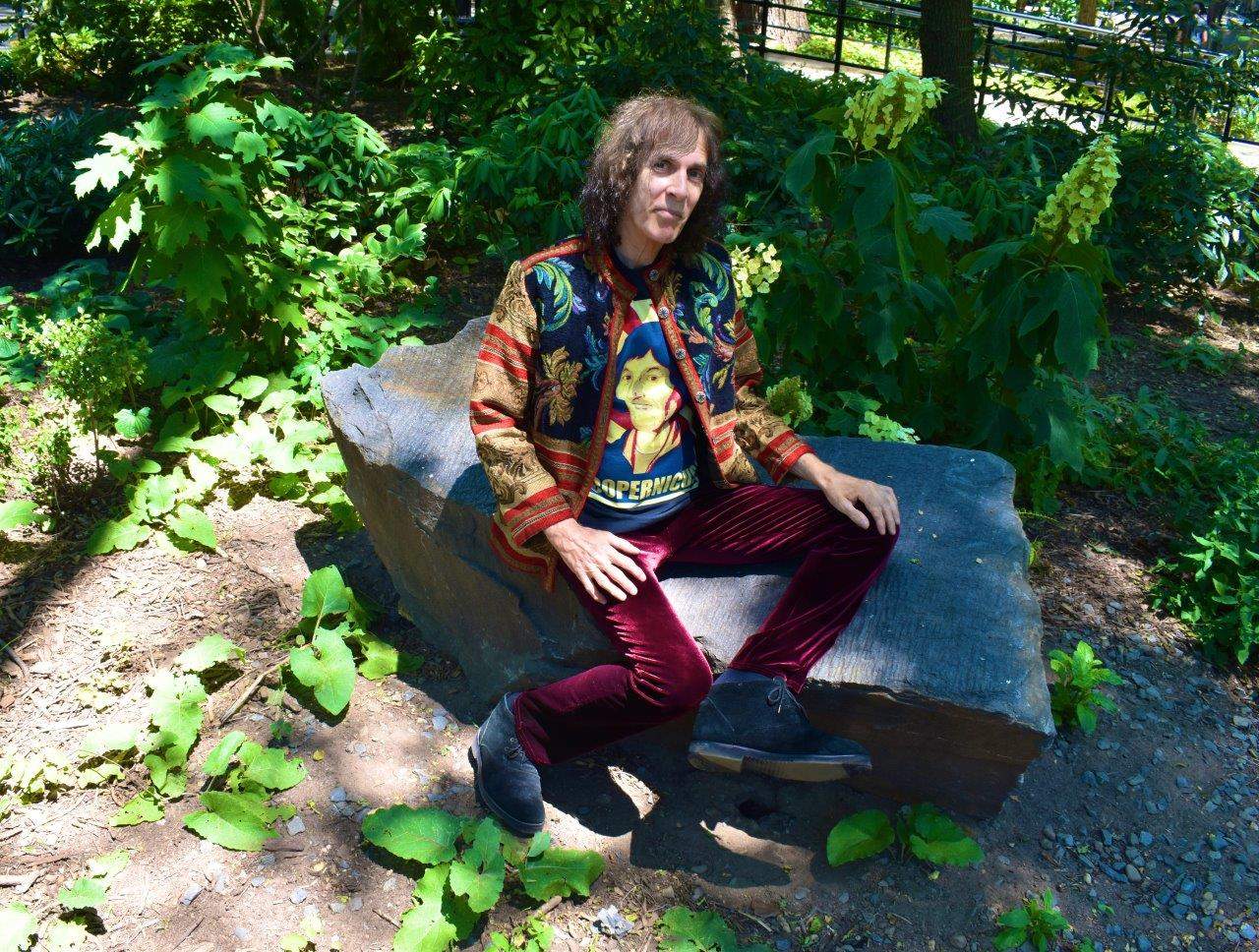
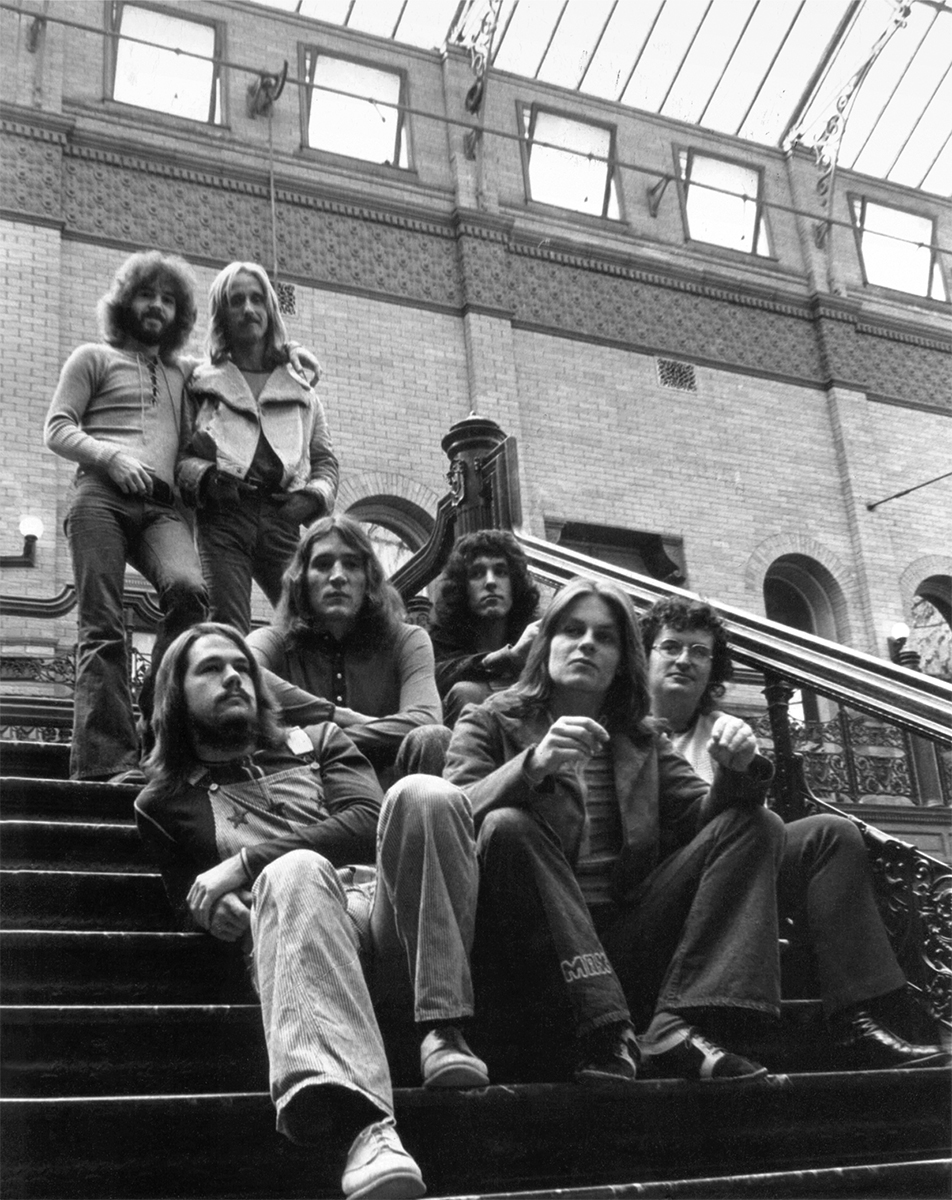
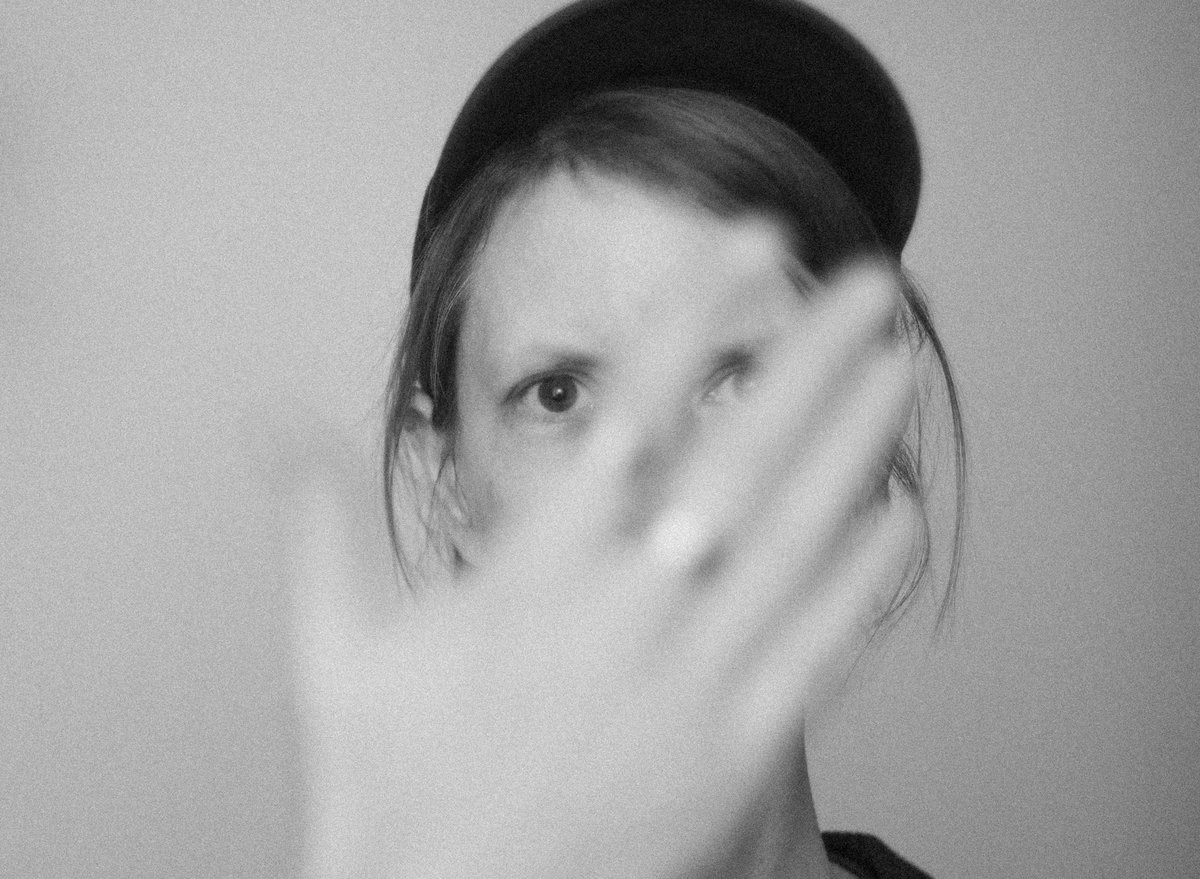
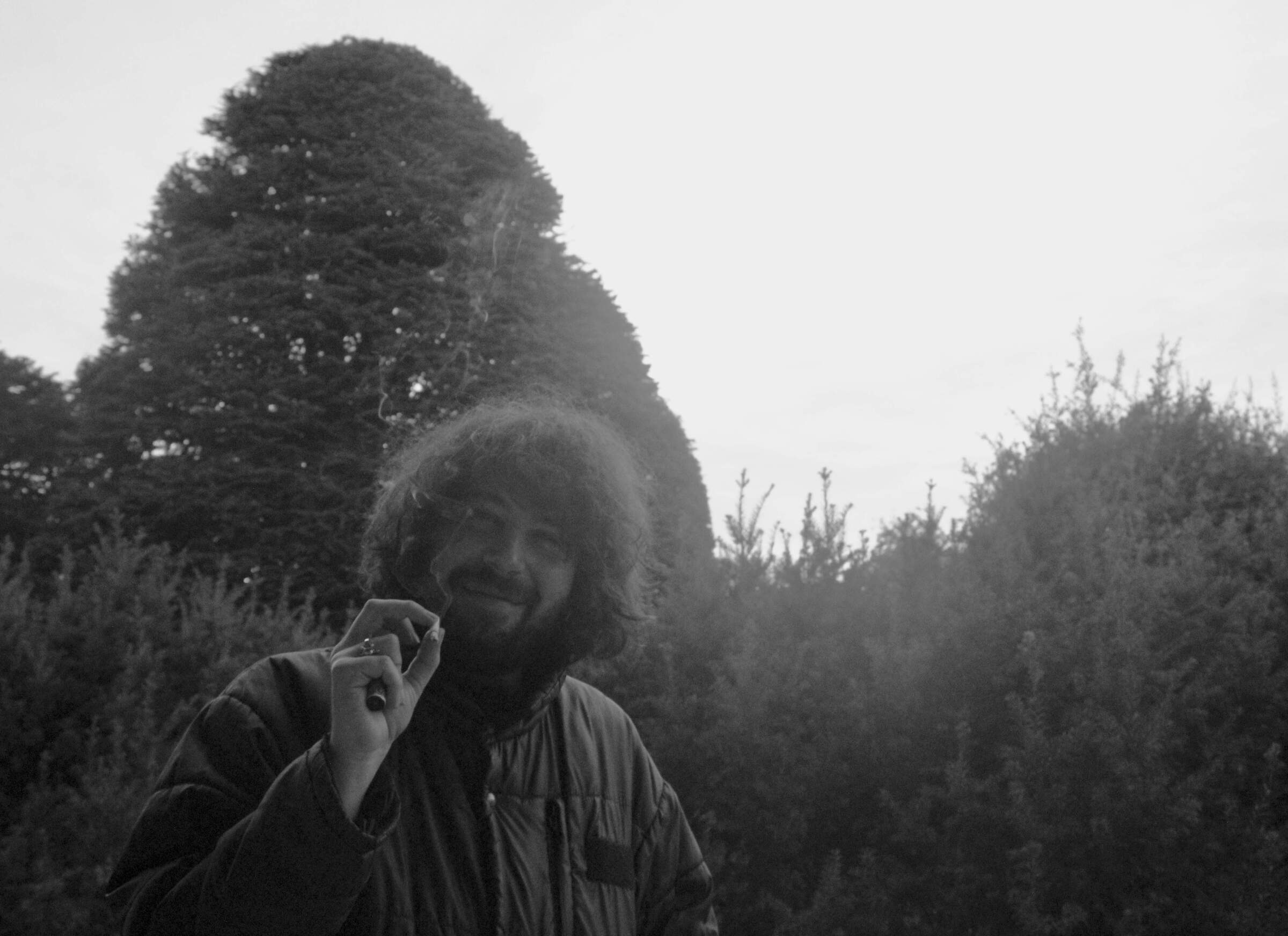
Thank you